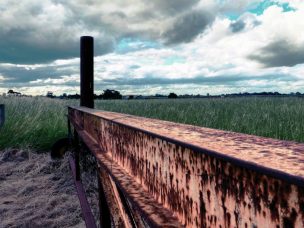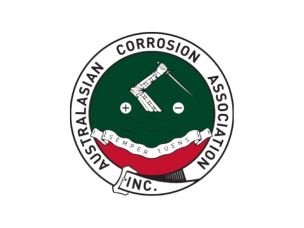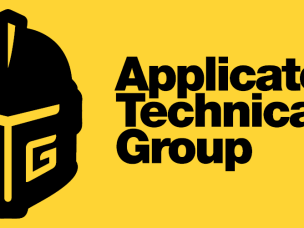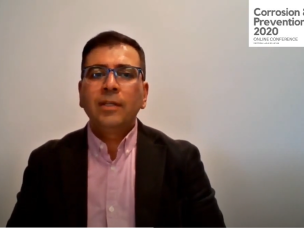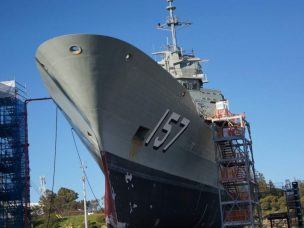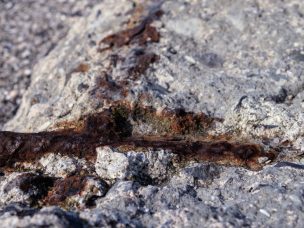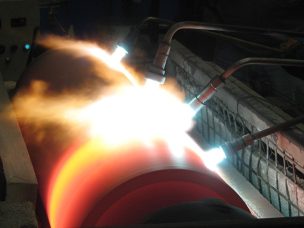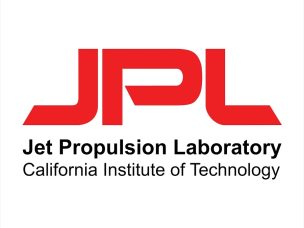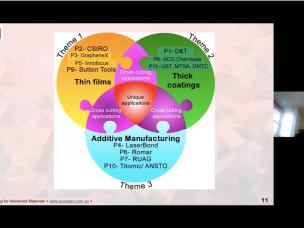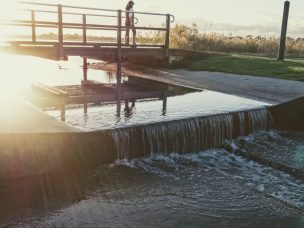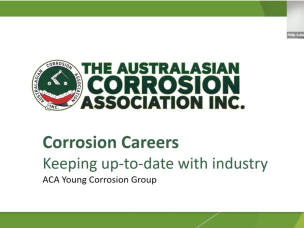SEAM Seminar Series: Surface Engineering
Surface engineering is a sub-discipline of material science with applications in many industries including mining, oil & gas, steel, agriculture, automotive, etc. If a material degrades over time, it always starts from the surface as a result of interaction with the environment, causing wear and corrosion. Surface engineering processes in combination with smart material choices can significantly extend a components service life. Thus, saving resources, time and money.
2nd September 2020
